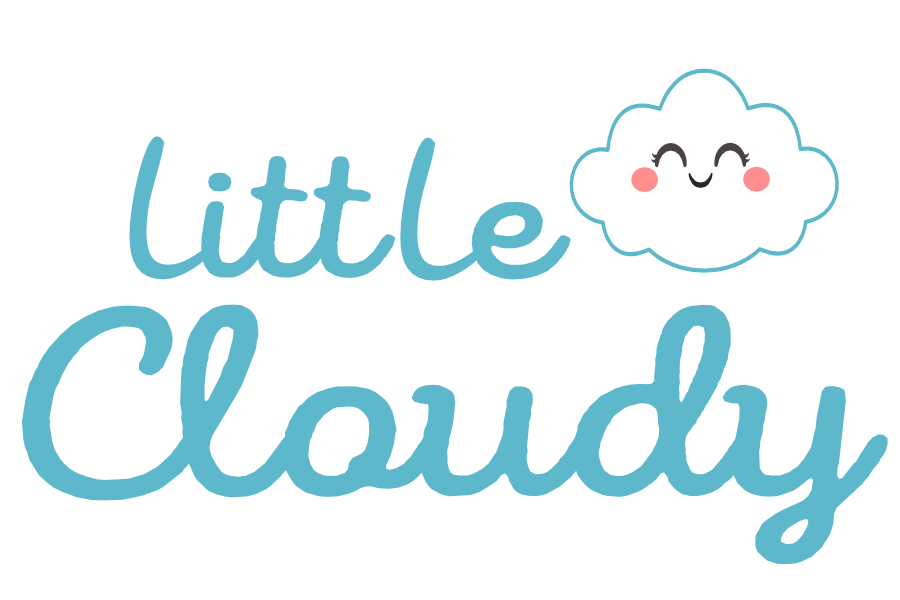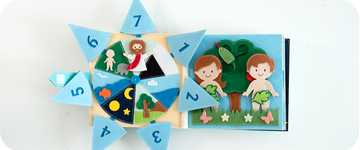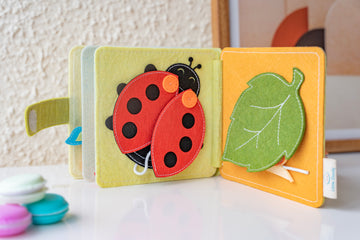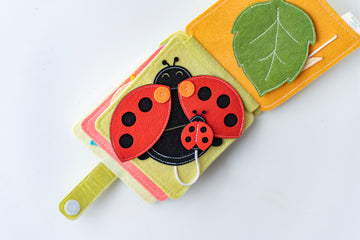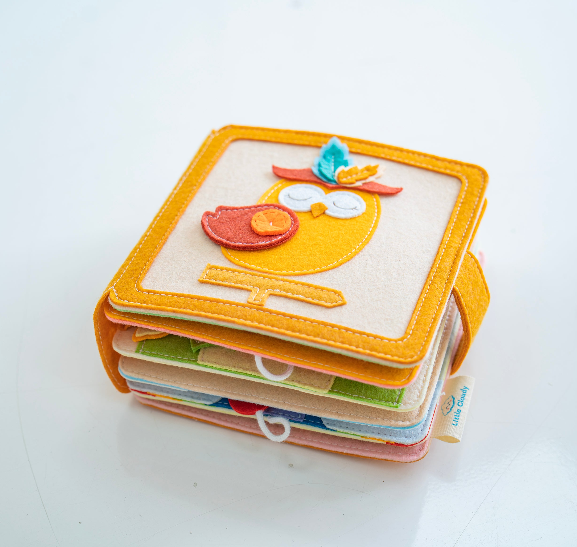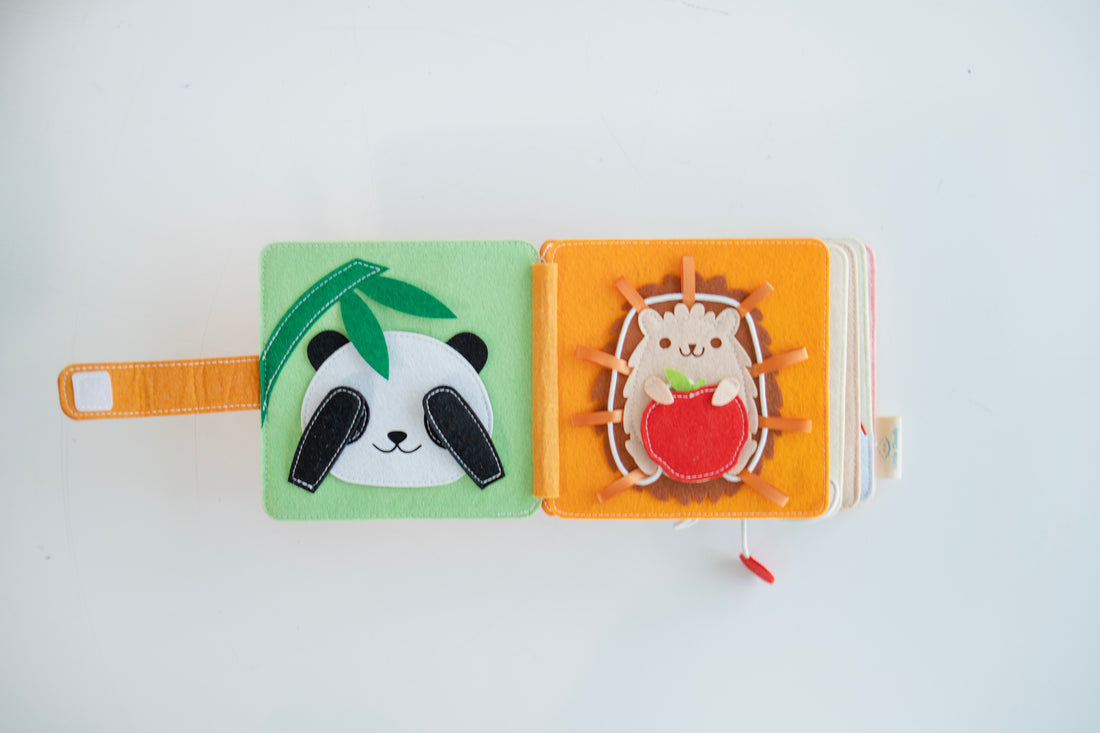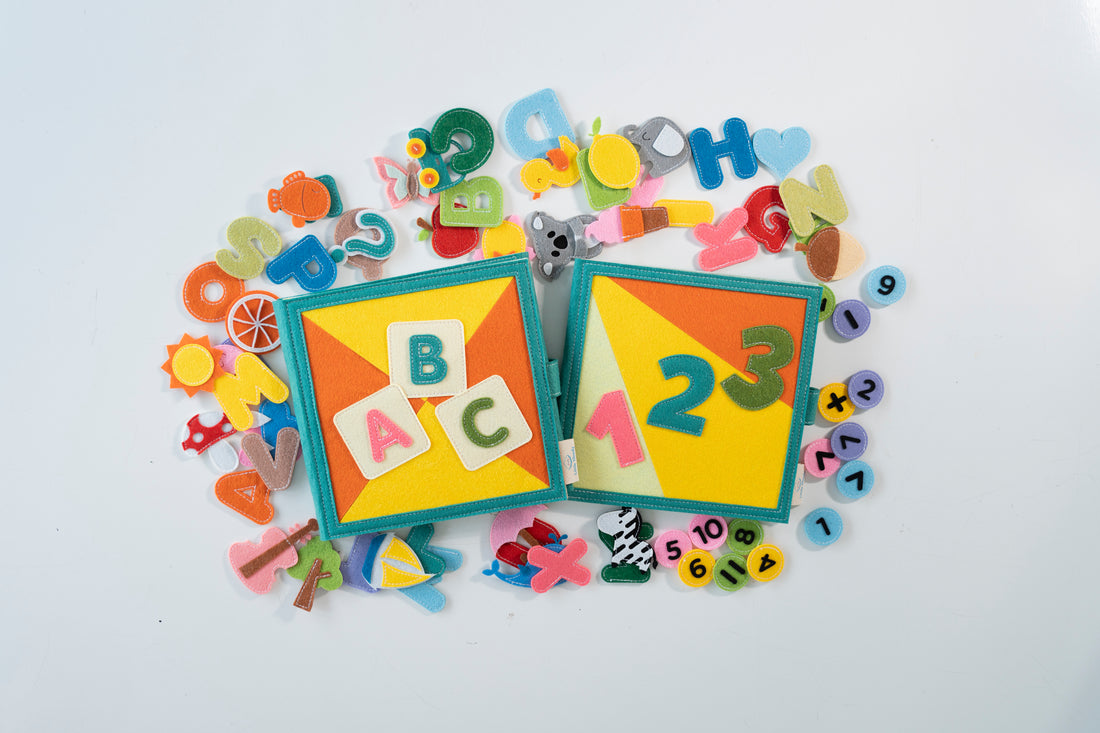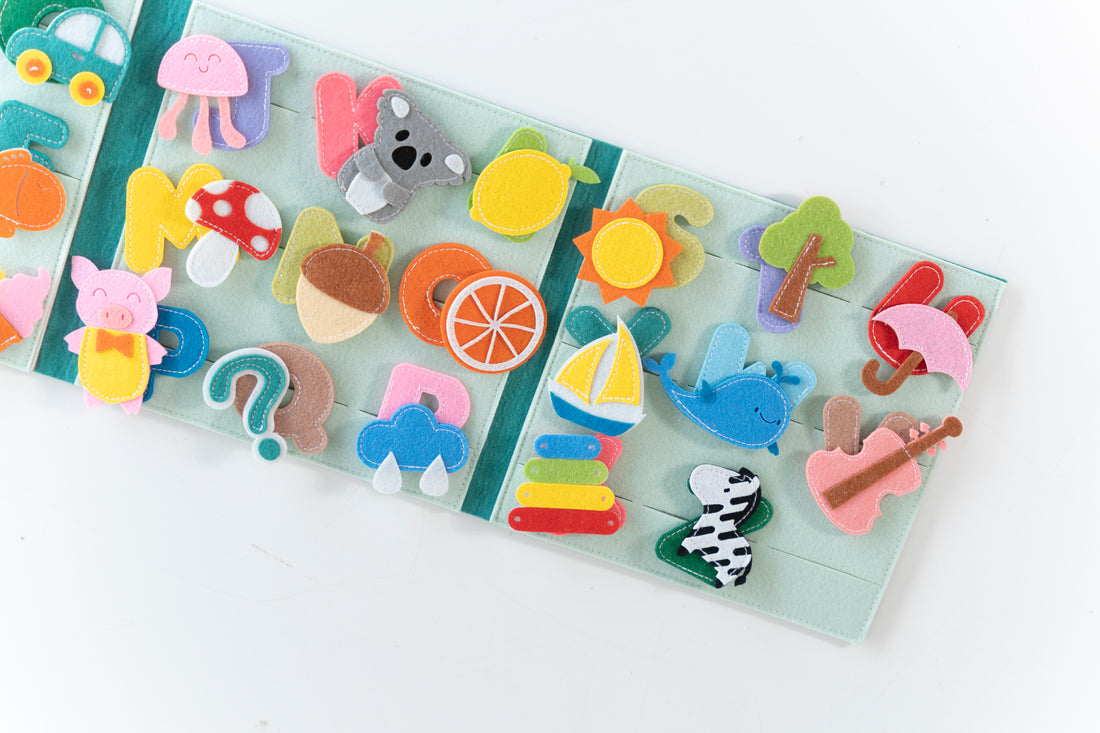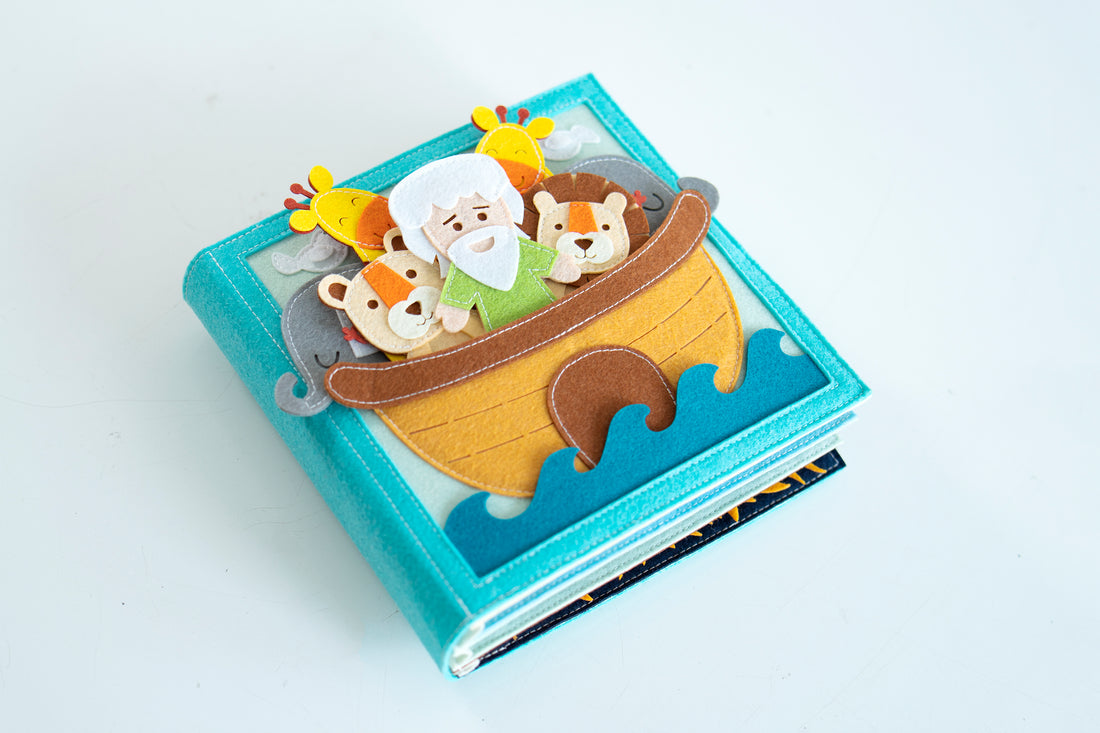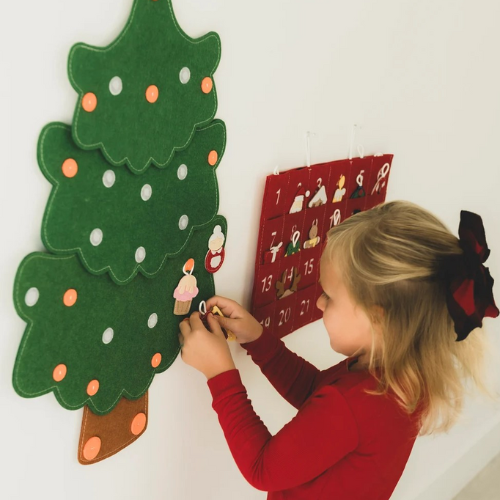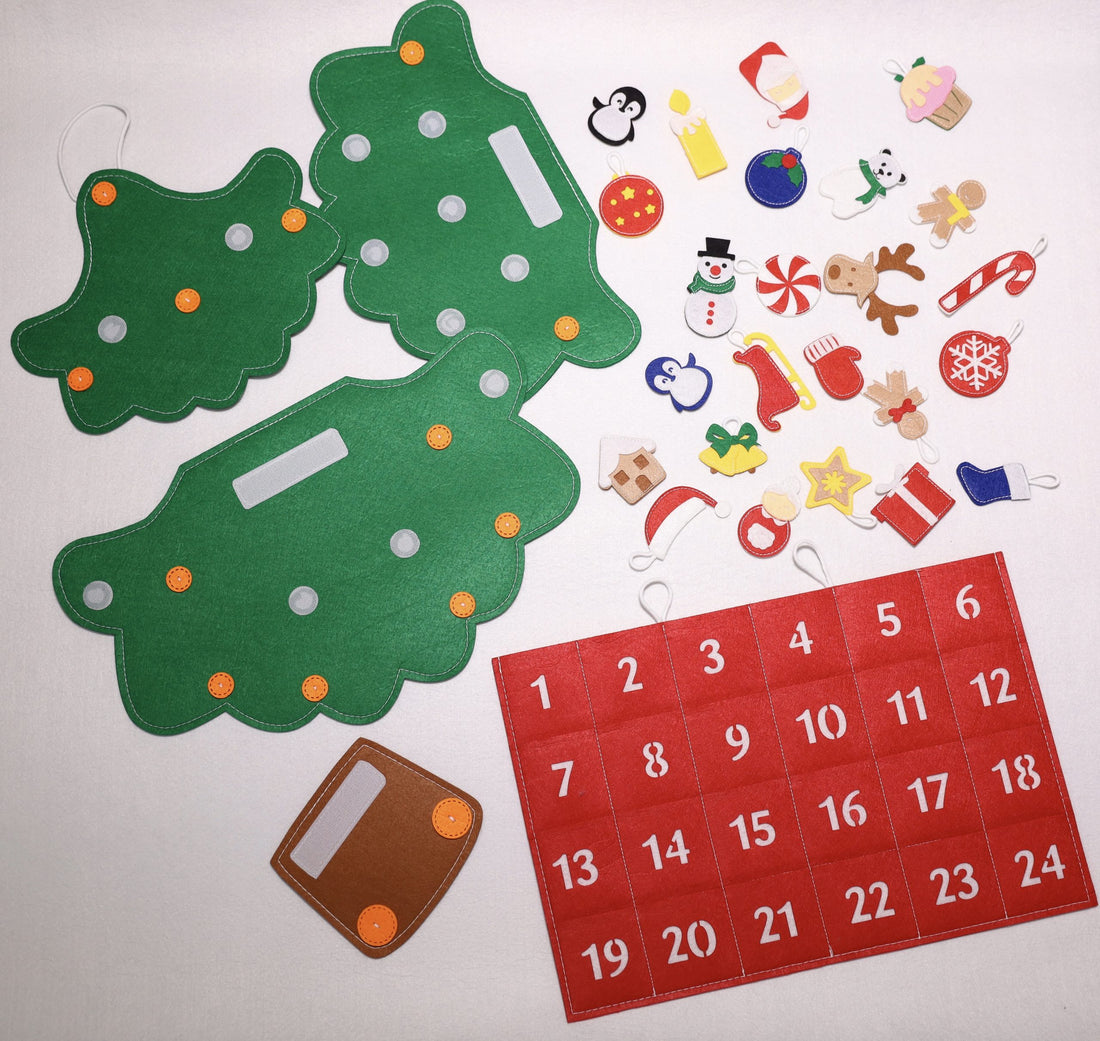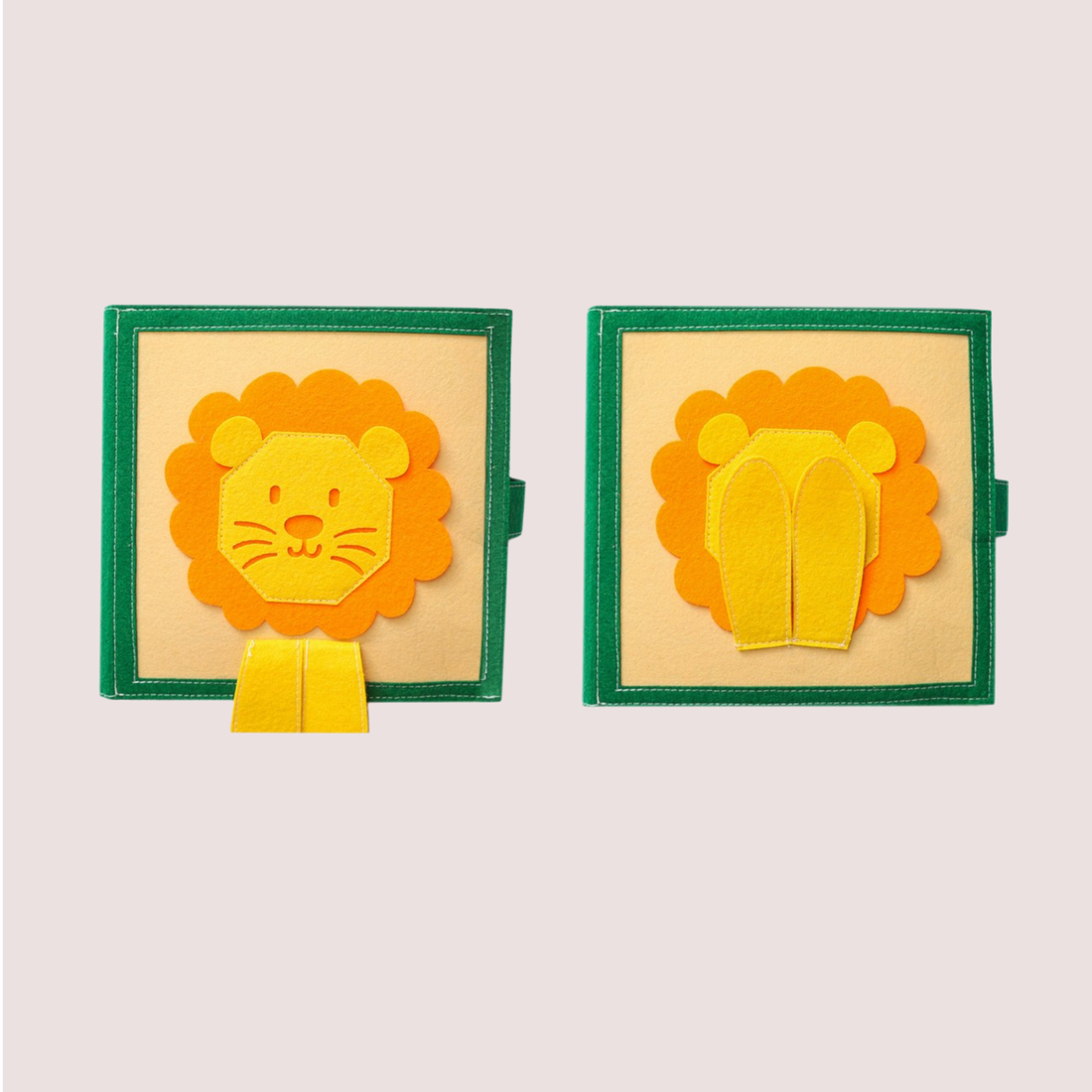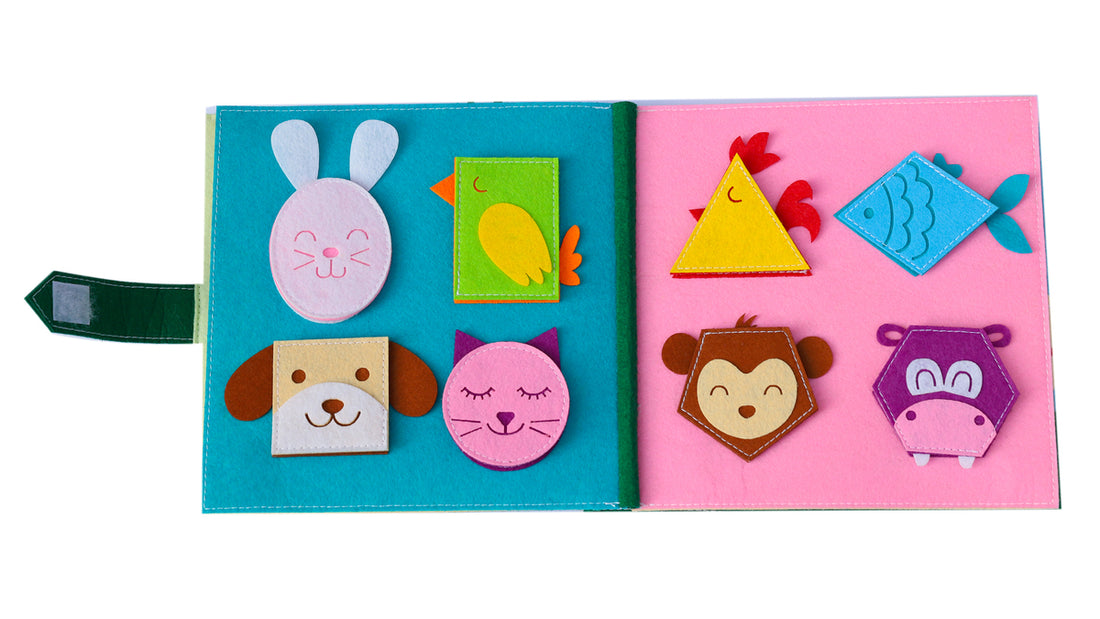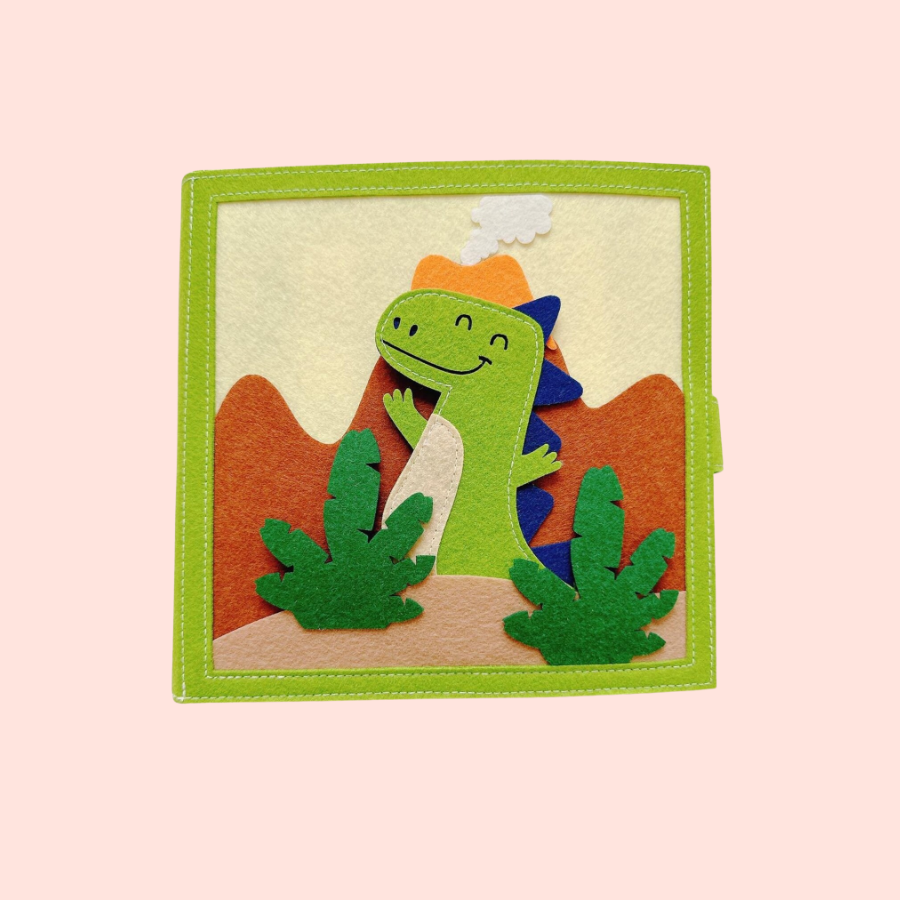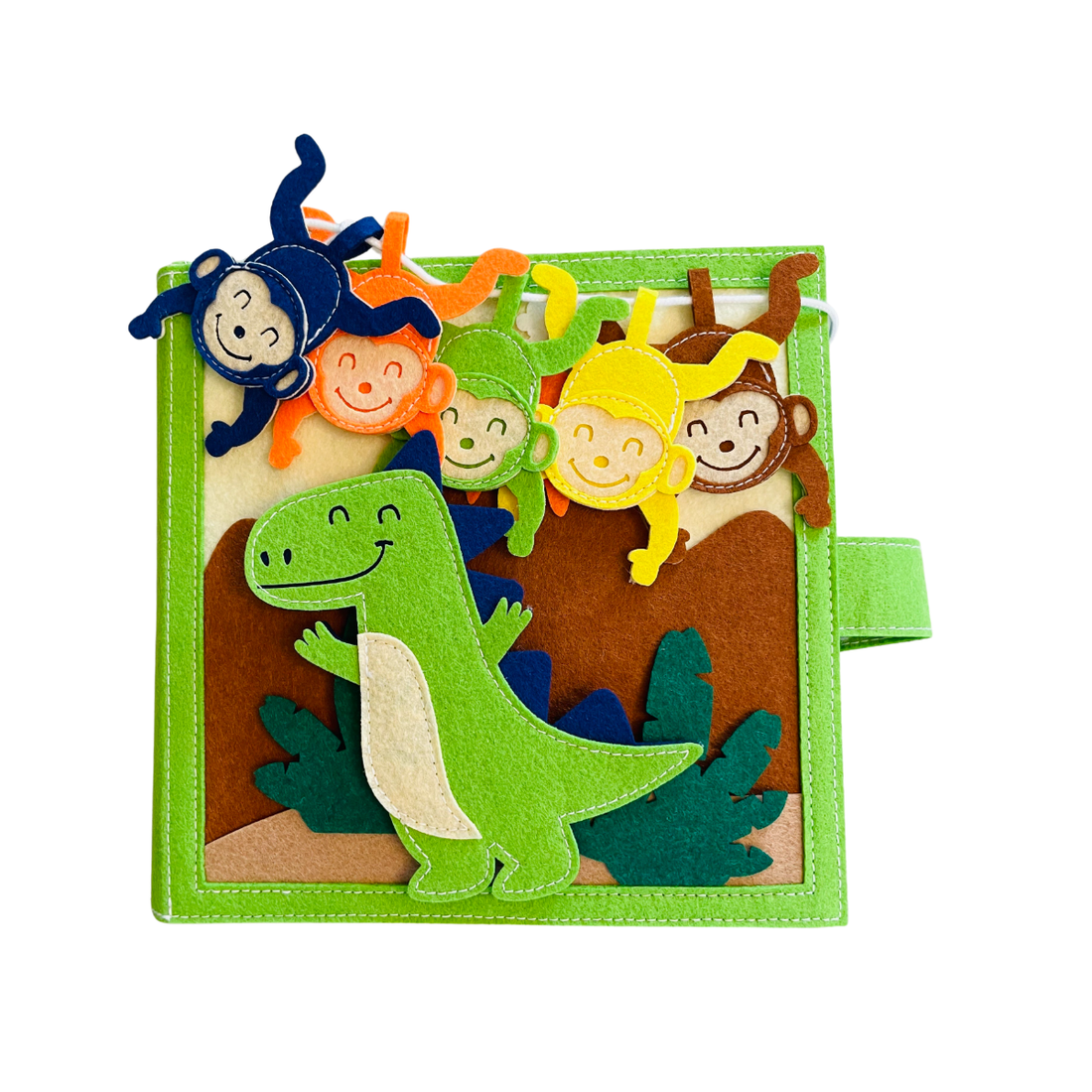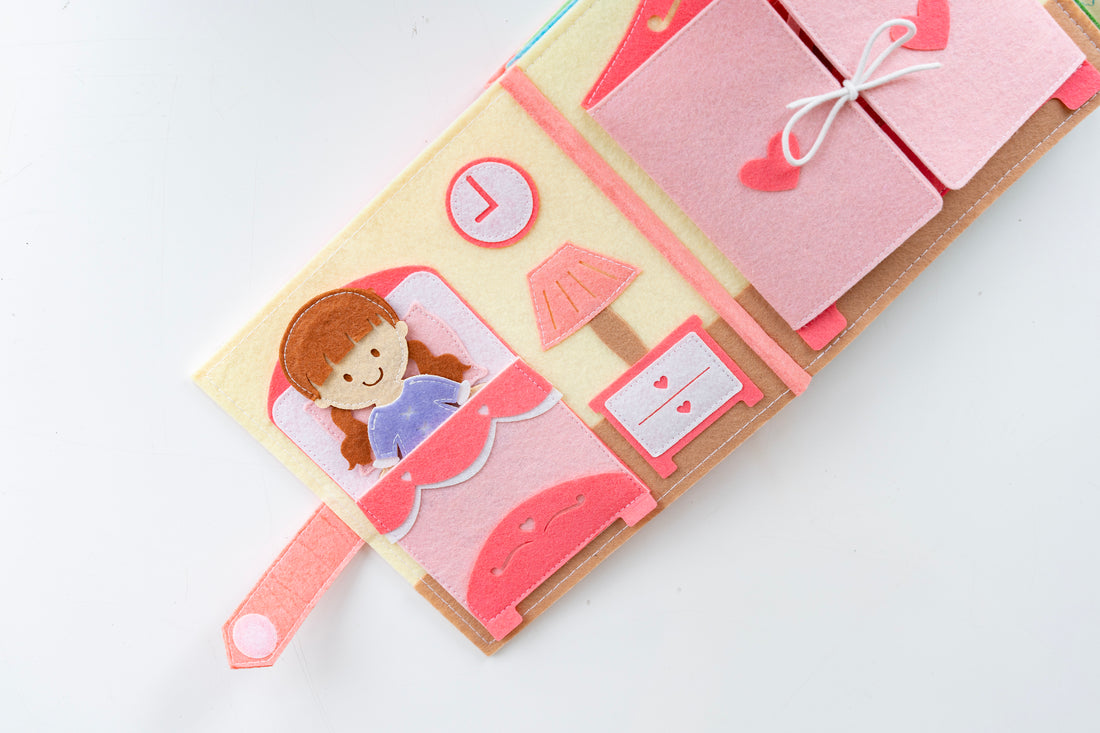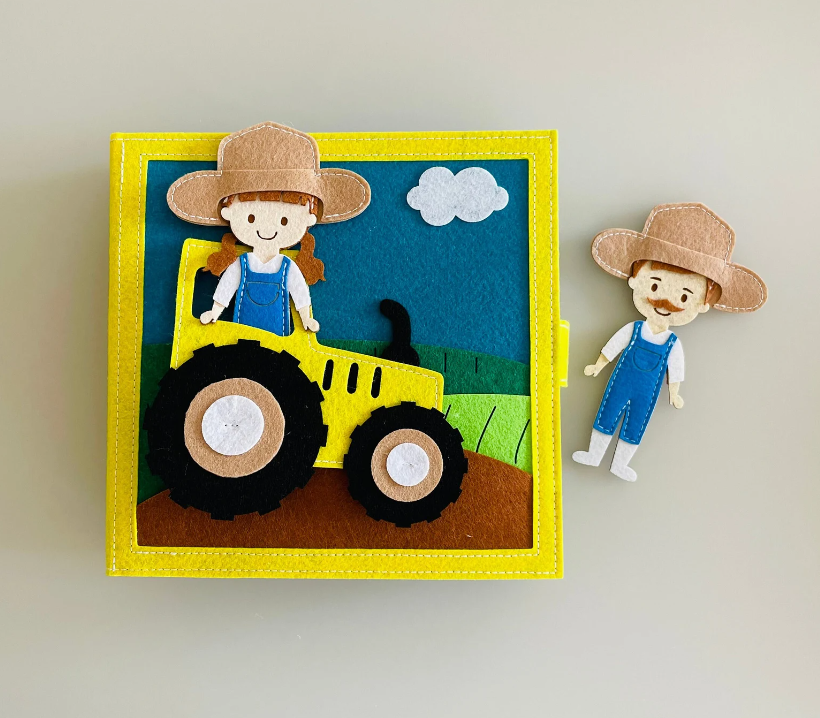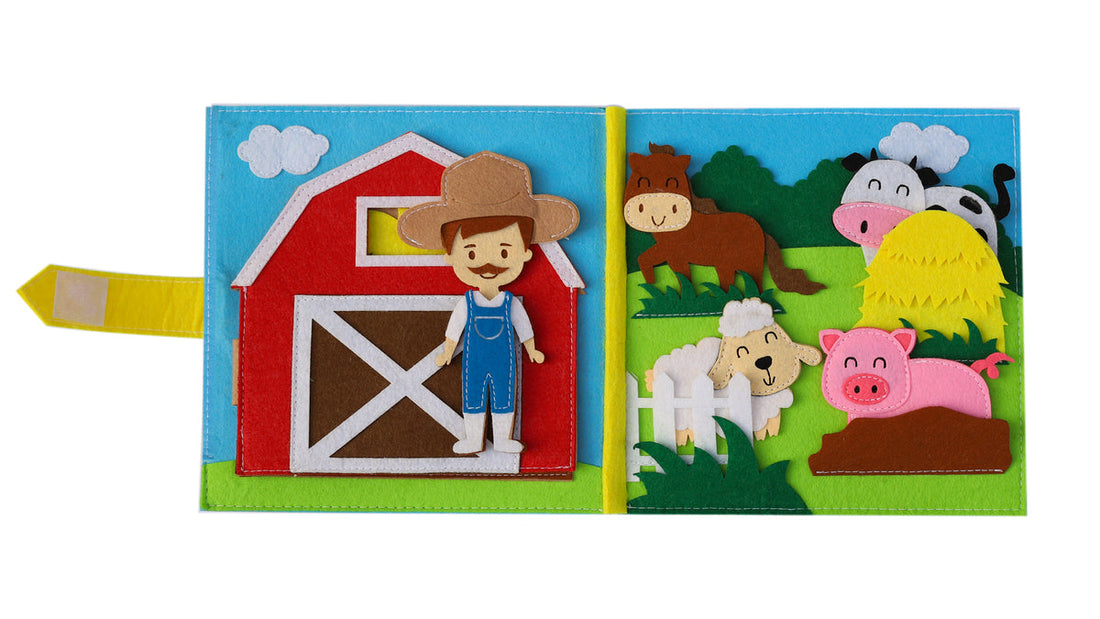In the realm of early childhood development, nurturing a child's curiosity and fostering a love for learning from a tender age is paramount. Montessori education, with its emphasis on self-directed learning and exploration, is gaining popularity as a valuable approach for infants and toddlers. A cornerstone of the Montessori philosophy is the use of carefully chosen materials, and among them, books hold a special place. Montessori baby books are designed to stimulate sensory development, spark curiosity, and introduce the world around the baby through engaging visuals and tactile elements.
The Benefits of Montessori Books for Infant Development

From the moment they are born, babies are constantly absorbing information from their surroundings. Montessori books play a crucial role in stimulating their developing minds and laying the foundation for a lifetime of learning.
Encouraging Sensory Development
Visual Stimulation:
Even newborns are captivated by visual stimuli. Montessori books often feature high-contrast images in black, white, and primary colors, which are particularly engaging for young eyes. These bold patterns and shapes help to stimulate the visual cortex and improve focus.
Tactile Exploration:
Babies love to touch and explore their world. Montessori books often incorporate tactile elements such as different textures, fabrics, or even small, safe objects that can be manipulated. This hands-on exploration is essential for developing fine motor skills and sensory awareness.
Fostering Language Development
Early Language Acquisition:
Montessori books can introduce babies to simple words and concepts. Even though babies may not fully understand the words at first, they start to recognize the patterns and sounds of language. Reading aloud to babies, even from a very young age, helps them develop a love for books and a foundation for literacy.
Building Vocabulary:
As babies grow, they begin to associate words with images and objects. Montessori books typically feature limited text, allowing babies to focus on the visuals and gradually build their vocabulary. Parents can also use the book as a springboard for conversations and encourage their baby to point at objects and name them.
Promoting Independent Learning
Self-Directed Exploration:
Montessori books encourage babies to explore at their own pace and follow their own interests. They are designed to be accessible and engaging, inviting babies to turn the pages, touch the different textures, and interact with the book in their own way.
Empowering Autonomy:
By providing babies with age-appropriate materials like Montessori books, parents are empowering them to learn and explore independently. This sense of autonomy is a key principle of the Montessori approach and helps foster a lifelong love for learning.
Key Features of Montessori Baby Books: High Contrast, Tactile, and Real-Life Objects

Montessori baby books are not just any ordinary picture books. They are carefully crafted to align with the principles of Montessori education, focusing on elements that stimulate sensory development and promote early learning.
High Contrast Images
Visual Stimulation for Young Eyes:
Newborns have limited visual acuity and are drawn to high-contrast images, especially those in black and white or with bold primary colors. These books typically feature simple shapes, patterns, and lines that are easily discernible by young eyes.
Example:
A black and white book might feature a series of simple geometric shapes like circles, squares, and triangles, while a brightly colored book might have images of a red ball, a blue car, or a yellow banana.
Tactile Elements
Engaging the Senses:
Babies learn through their senses, and tactile exploration plays a vital role. Montessori books often incorporate tactile elements like different fabrics, bumpy textures, or even textured pages. These elements encourage babies to touch, feel, and explore the book with their hands.
Examples:
Some books might have a soft, fuzzy page for a sheep, a bumpy page for a hedgehog, or a crinkly page for a piece of paper. Other books might have flaps to lift or different textures to feel, like smooth satin, rough burlap, or soft velvet.
Real-Life Objects
Introducing the Real World:
Montessori books often showcase real-life objects that babies encounter in their everyday lives. This helps them to begin understanding the world around them and connect with their surroundings.
Examples:
Books featuring familiar objects like fruits and vegetables, household items like cups and spoons, or animals found in nature can pique a baby's interest and help them to understand the world around them.
Choosing the Right Montessori Books for Your Baby's Age and Stage

Just like any other developmental stage, infants progress through various stages of development at their own pace. It's essential to select books that are appropriate for your baby's age and abilities.
Newborns (0-3 months)
- High-contrast: Black and white books with simple shapes and patterns.
- Tactile: Books with different textures and materials.
- Limited text: Books with minimal or no text.
Infants (4-12 months)
- Bright colors: Books with vibrant colors and engaging images.
- Interactive: Books with flaps to lift, textures to feel, or hidden objects to find.
- Simple words: Books with simple words and short, repetitive phrases.
Toddlers (12-24 months)
- Realistic images: Books with realistic images of familiar objects and animals.
- Longer stories: Books with simple stories that engage toddlers' imaginations.
- Interactive elements: Books with pop-up elements, sound effects, or touch-and-feel textures.
Must-Have Montessori Baby Books: Recommendations for Newborns to Toddlers

Here are some popular Montessori baby book recommendations that are well-loved by parents and educators:
Black and White Books for Newborns:
- "Black and White First Book" by DK Publishing: A classic black and white book with simple shapes, patterns and high-contrast images that are perfect for newborns.
- "Baby's First Black & White Book" by Roger Priddy: Features simple black and white images of animals, household objects, and shapes.
- "Black & White First Book" by Usborne Publishing: This book includes high-contrast patterns and images perfect for babies' developing visual system.
Colorful Books for Infants:
- "Pat the Bunny" by Dorothy Kunhardt: A classic touch-and-feel book with a variety of textures and simple text, ideal for infants.
- "Where's Spot?" by Eric Hill: A lift-the-flap book that helps engage babies and introduces simple concepts like hiding and finding.
- "Baby Animals" by Roger Priddy: Vibrant pictures of baby animals with simple, repetitive text that helps build vocabulary.
Toddler Books:
- "The Very Hungry Caterpillar" by Eric Carle: A beloved classic with a simple story, bright colors, and engaging visuals that toddlers will adore.
- "Goodnight Moon" by Margaret Wise Brown: A soothing bedtime book with gentle illustrations and repetitive text that helps to calm toddlers before sleep.
- "Chicka Chicka Boom Boom" by Bill Martin Jr. and John Archambault: A fun and interactive alphabet book with a rhyming text that will captivate toddlers.
Creating Your Own Montessori Books: DIY Ideas and Inspiration

Making your own Montessori books can be a fun and rewarding experience. Not only is it a great way to personalize your baby's learning materials, but it can also be a cost-effective alternative to store-bought books.
DIY Ideas:
- Simple Shape Books: Cut out simple shapes like circles, squares, and triangles from different colored cardstock and glue them onto pages.
- Texture Books: Use different fabrics like felt, velvet, corduroy, and burlap to create a variety of textures on the pages.
- Picture Books: Print out images of familiar objects, animals, or people and glue them onto pages.
Inspiration:
- Nature-Inspired Books: Gather natural materials like leaves, flowers, and stones to create a sensory book.
- Food Books: Use images of fruits, vegetables, and other food items to help babies learn about healthy eating habits.
- Sensory Books: Use various textures, materials, and objects to create a tactile book that engages babies' senses.
Montessori Books and Beyond: Exploring Other Early Learning Resources
Montessori books are just one part of a broader approach to early learning that encompasses a variety of materials and activities designed to stimulate a child's development.
Montessori Toys
- Manipulatives: Blocks, puzzles, stacking rings, pegboards, and other manipulative toys promote fine motor skills, problem-solving, and spatial reasoning.
- Sensory Toys: Rattles, teethers, balls, and other sensory toys stimulate babies' senses and help them to explore their world.
- Practical Life Activities: Activities like pouring water, dressing dolls, and dusting shelves help babies develop independence and self-confidence.
Other Early Learning Resources
- Play: Free play is essential for children's development. Encouraging imaginative play, role-playing, and creative expression helps them to explore their ideas and learn through experience.
- Music: Music has a profound impact on children's development. Exposure to music can improve language skills, cognitive abilities, and emotional regulation.
- Nature: Spending time outdoors in nature provides a wealth of learning opportunities and stimulates children's senses.
The Montessori Approach to Play and Learning: Empowering Young Minds
The Montessori approach emphasizes the importance of play as a natural and essential part of learning. Montessori materials are designed to be engaging, challenging, and stimulating, allowing children to learn at their own pace and explore their interests.
Key Principles:
- Self-directed learning: Children are encouraged to choose their own activities and learn through exploration and discovery.
- Prepared environment: The environment is designed to support children's learning and exploration.
- Freedom within limits: Children are given freedom to learn and explore within safe and structured environments.
- Respect for the child: Children are treated as unique individuals with their own learning styles and needs.
Conclusion

Montessori books are a valuable tool for infant development, encouraging sensory exploration, language acquisition, and independent learning. By selecting age-appropriate books and incorporating them into a holistic approach to early learning, parents can create a stimulating and engaging environment that fosters a love for books and a lifelong passion for learning. Remember, creating a nurturing environment for your baby through carefully chosen materials like Montessori books can set the stage for a fulfilling and rewarding journey of discovery.
